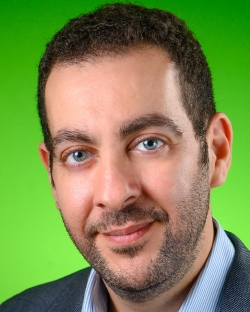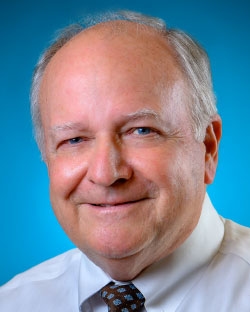-
 Schedule An Appointment
Schedule An Appointment -
 Schedule An Appointment
Schedule An Appointment -
 Schedule An Appointment
Schedule An Appointment -
 Schedule An Appointment
Schedule An Appointment -
 Schedule An Appointment
Schedule An Appointment -
 Schedule An Appointment
Schedule An Appointment -
 Schedule An Appointment
Schedule An Appointment -
 Schedule An Appointment
Schedule An Appointment -
 Schedule An Appointment
Schedule An Appointment -
 Schedule An Appointment
Schedule An Appointment -
 Schedule An Appointment
Schedule An Appointment
1 / 11










